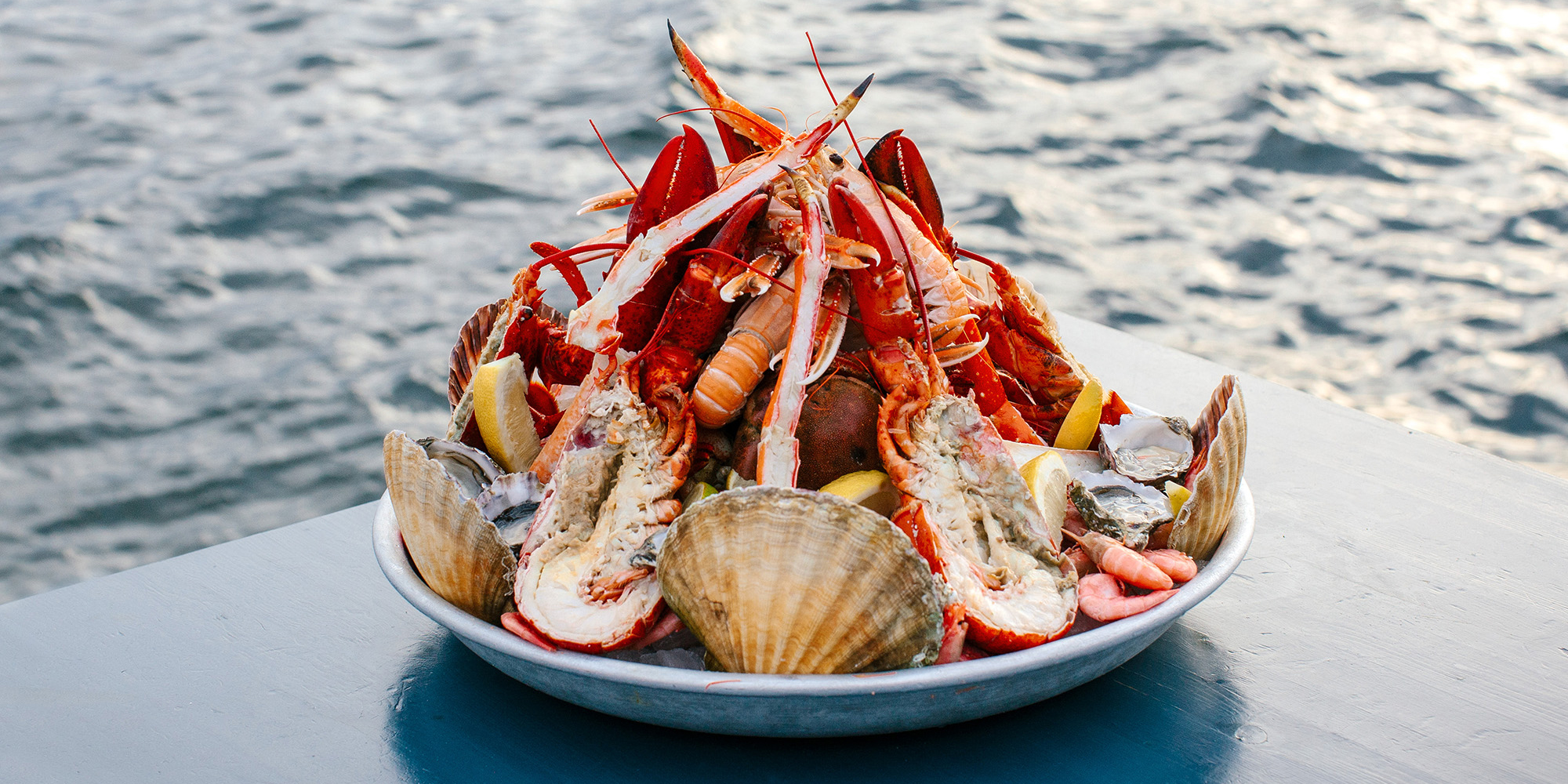Despite its swift rise, the sustainable seafood movement’s paintings are a ways from finished. To shield fish’s destiny, greater seafood corporations need to decide on sustainability, and clients must be even extra resolute in demanding an obvious seafood delivery chain and supporting sustainability with every buy.
STOCKHOLM – McDonald’s. Hilton. IKEA. Each of these company titans enjoys a full-size consumer base. But what most of their customers may not recognize is that these organizations are leaders in ocean stewardship: they all promote sustainable seafood. This is a crucial precedent – however, it is not sufficient.
When it involves harvesting and promoting seafood, “sustainable” isn’t simply an empty label. It represents duty throughout the cost chain, beginning the moment a fish leaves the water, to ensure that the complete technique is performed in a way that permits fisheries – and the sea surroundings – to keep thriving. The sustainable seafood movement has grown unexpectedly. Just two decades in the past, sustainability became a gap idea inside the seafood enterprise. Hardly all people in the enterprise pointed out it. Most groups failed to apprehend the lengthy-term commercial enterprise consequences of overfishing, not to mention the vicinity an excessive priority on conservation.

At that time, the environmental businesses that endorsed sustainable seafood have been met with suspicion, if no longer outright rejection. A 1997 cowl of Seafood Business magazine asserted that seafood agencies must not “crawl under the covers with greenies.”But a lot has changed in the last twenty years. Consumers worldwide increasingly anticipate that the seafood they buy – whether at a grocery shop or a five-star restaurant – qualifies as sustainable. The Marine Stewardship Council’s iconic blue product label is now discovered in nearly 100 countries, illustrating the increasing demand for sustainably sourced merchandise.
People are getting more engaged in their food choices, and their behavior is evolving. We anticipate our food, which we percentage with our youngsters, to be safe and nutritious. We also increase the number of count on the groups whose merchandise we eat now not to make contributions similar to the overfishing, warming waters, and pollutants that are placing pressure on the sea. We explicit those expectations in how we spend our cash.
But, similarly vital, attitudes amongst enterprise leaders also are moving. Many are now attracted to marine conservation organizations to deal with a way to help exhausted fisheries recover and hold healthful ones thriving. This partially reflects their preference to satisfy their customers. But as a lot as moving call for and weakening brand loyalty are bad for companies, not anything is worse than exhausting delivery. Companies now recognize that it’s impossible to promote fish if there aren’t any left. And it takes just a few groups to make a difference. Seafood may be eating up with the aid of millions around the arena, but it is traded by way of just a handful of companies.
Relatively small changes on the part of a few entities might consequently move a long way closer to defensive the destiny of the complete industry. This effect is compounded while essential players work collectively to address issues inside the seafood delivery chain. Already, collaborative efforts among industry leaders, including the Seafood Business for Ocean Stewardship (SeaBOS) initiative, have performed a prime function in propelling progress on sustainability. Until recently, global seafood agencies may have had one-on-one partnerships with conservation NGOs; however, they weren’t participating with one another. SeaBOS changed that.
A technological know-how-based totally initiative, SeaBOS has engaged the CEOs of ten of the biggest seafood corporations, intending to stimulate transformative alternatives toward sustainable seafood production that supports a healthy ocean. But the sustainable seafood movement’s work is some distance from finished. If we’re actually to protect fish’s destiny, even extra seafood groups need to decide on sustainability. For those that have already got, the imperative is to recruit their counterparts around the arena – from Japan to China to Chile – to join the attempt.
Moreover, while stress on the ocean is intensifying swiftly, advocacy agencies and scientists need to work equitably with small fisheries and the communities that depend on them to make sure that they could manipulate the mission of imposing sustainable practices. And a larger proportion of customers need to be even greater resolute in demanding an obvious seafood delivery chain and supporting sustainability with each purchase. By selecting the ethically sourced Pacific cod over the bargain thriller fish, purchasers drive real change.
Technology can guide this emerging global commitment to sustainability, consisting using facilitating records collection and ocean management. Before lengthy, synthetic intelligence may be able to tell fishers precisely how they could catch the most fish of the wanted length while minimizing adverse results on ecosystems. Perhaps even quicker, consumers might be able to glimpse a fish’s whole journey from the sea to the neighborhood grocery keep, virtually by using scanning a QR code with their mobile phones.
The ultimate wish, however, is for the “sustainable” label to be so common and legitimate that clients at some point are extra amazed by way of its absence than its presence. The default expectation – among seafood companies, fishery managers, conservation agencies, and customers – could be that all seafood is harvested sustainably. We are hopeful that sustainability becomes the norm quickly – in a remember of years, not a long time.








